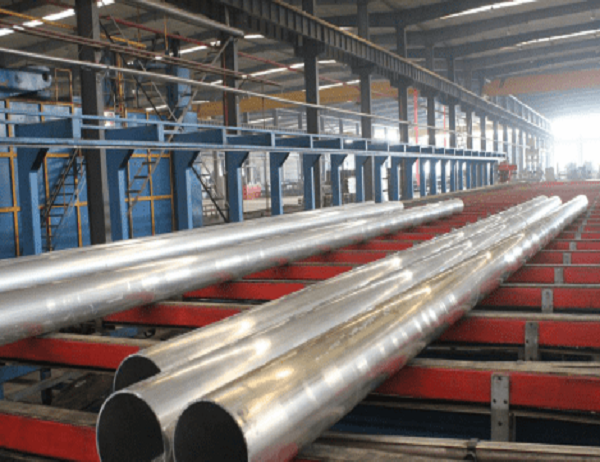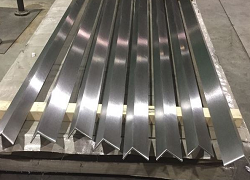Aluminum Heat Sinks for DIY Projects: Unlocking the Power of Thermal Management
When it comes to electronic devices, heat can be the enemy. Excess heat can cause components to malfunction, shorten their lifespan, or even pose a safety hazard. That’s where aluminum heat sinks come in “ the unsung heroes of thermal management in countless DIY projects.
The Essence of Heat Dissipation
Heat sinks work by providing a path for heat to escape from sensitive components. Made from highly thermally conductive materials like aluminum, they absorb heat from the source and transfer it to their surroundings through fins or other enlarged surfaces. The increased surface area allows for more efficient heat dissipation, keeping the component cool and preventing overheating.
Why Aluminum?
Aluminum is the material of choice for heat sinks because of its exceptional thermal conductivity. Compared to other common metals like copper, aluminum offers both high performance and affordability. It’s lightweight, corrosion-resistant, and easy to machine, making it ideal for fabricating complex heat sink designs.
Types of Heat Sinks
The type of heat sink suitable for your project depends on factors like power dissipation, form factor, and cost. Here are some popular types:
Extruded Heat Sinks: Mass-produced, low-cost heat sinks with simple fin patterns.
Bonded Fin Heat Sinks: Combinations of extruded bases with high-performance fins for higher heat dissipation.
Vapor Chamber Heat Sinks: Use a liquid-vapor phase change to achieve ultra-high heat transfer rates.
Selecting the Right Heat Sink
Choosing the appropriate heat sink requires careful consideration of:
Heat Generation: Estimate the amount of heat your component will generate.
Thermal Resistance: Look for heat sinks with low thermal resistance, which indicates efficient heat transfer.
Mounting Compatibility: Ensure the heat sink can be securely attached to your component.
Size and Shape: The heat sink should fit within the available space without obstructing other components.
DIY Heat Sink Modifications
In some cases, you may need to modify a heat sink to suit your specific application. This can involve cutting, drilling, or adding additional fins. However, always proceed with caution and consult the manufacturer’s guidelines to avoid compromising the performance or safety of your project.
Unleash the Power of Thermal Management
By incorporating Aluminum Heat Sinks into your DIY projects, you can effectively control heat and ensure the longevity and reliability of your electronic devices. These versatile components will become indispensable tools in your quest to unleash the full potential of your creations.



